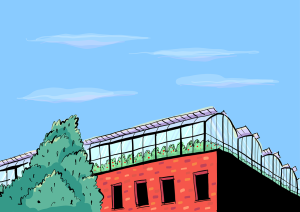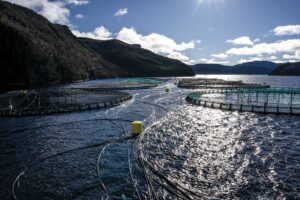An example of this third role is the National Capital Greenbelt. The Greenbelt protects some 20,000 hectares of green space within and surrounding Ottawa, including forests, sand dunes and wetlands, with many public trails accessible within a few minutes’ drive. It also boasts some of the most fertile agricultural soils in the region, which is why the National Capital Commission rents 5,400 hectares of land to farmers. The quality of the land and a favourable climate mean a wide variety of crops can be produced locally, feeding many of the National Capital Region’s families.
From farm to table
Farms in the Greenbelt are a symbol of Canada’s rural traditions, while also providing an example of how to practise viable and diverse agriculture in a near-urban setting. The efforts of these hard-working farmers are helping to feed our communities.
A quick overview of the Greenbelt shows farms west, south and east of Ottawa. And so, on a pleasant summer day, we set out to visit some of these farms to see what all the buzz is about.
Foresight in planning for sustainable agriculture
In 1903, Frederick Todd, the first professional landscape architect in Canada, outlined a plan to the Ottawa Improvement Commission, the National Capital Commission’s predecessor, to ensure the public ownership of many of the capital’s green spaces, including what is now the Greenbelt. Then,
in 1950, planner Jacques Gréber recognized the value and importance of both natural and agricultural lands adjacent to cities and proposed the creation of a greenbelt for the capital region.
If not for the foresight of these visionary planners, urban sprawl would long ago have ravished most of the region’s green spaces, including valuable farmland. Today, more than 1.5 million people in the region reap the benefits of locally produced, sustainable agriculture.
Mādahòkì Farm
New to the Greenbelt since 2021, Mādahòkì Farm is a place where Indigenous Peoples can reconnect with the land through healing and wellness programs. Mādahòkì means “to share the land” in Anishinaabemowin, reflecting the farm’s goal of fostering greater understanding and reconciliation with all Canadians by sharing traditional teachings and the gifts of the land from an Indigenous perspective.


















